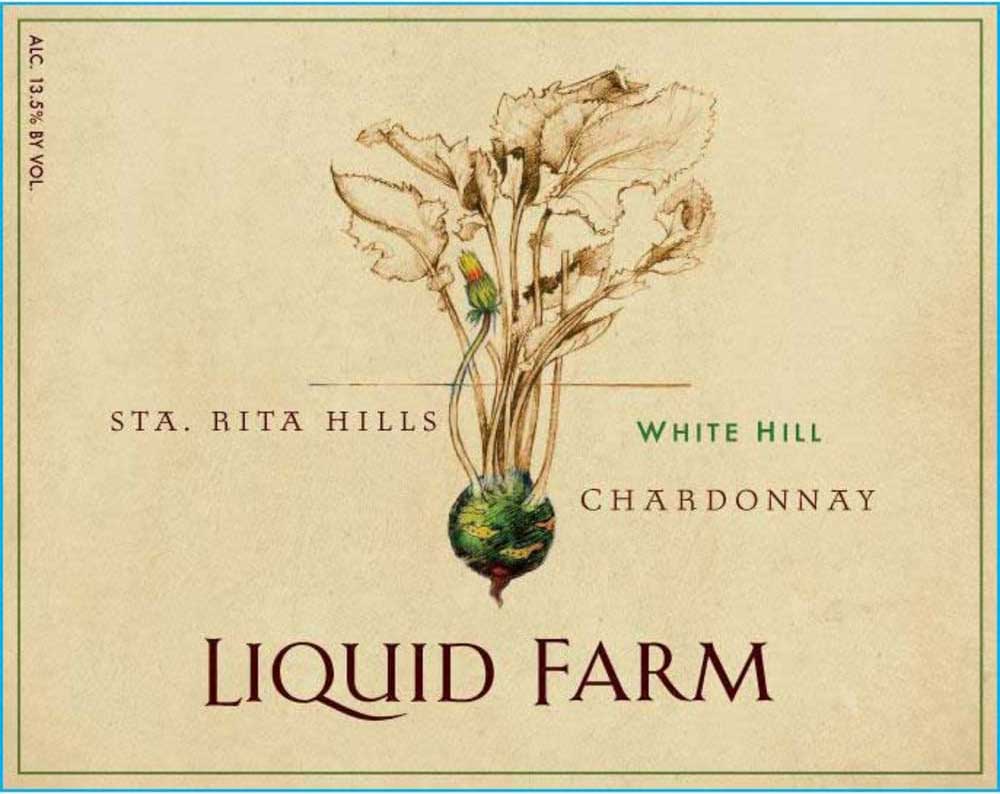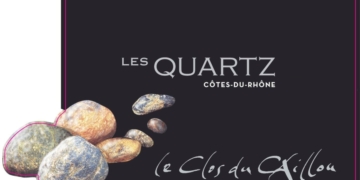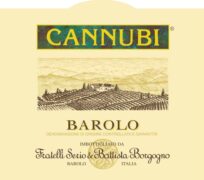Spanish and Italian wines are both esteemed globally, each offering unique characteristics and a rich heritage. The quality of wines from these countries is exceptional, but they shine in different ways due to their distinct regional influences, winemaking traditions, and grape varieties.
Spanish Wine:
Spain’s wine regions are diverse, each with its own unique climate and soil conditions, contributing to a wide range of wine styles. Renowned regions like Rioja, Ribera del Duero, and Priorat are famous for their robust reds, primarily made from Tempranillo and Garnacha grapes. Spanish wines often feature rich flavors, with notes of dark fruit, leather, and spices, reflecting the country’s traditional aging practices such as the use of American oak barrels.
Spain is also known for its sparkling wine, Cava, produced mainly in Catalonia. Cava is crafted using the traditional method, similar to Champagne, resulting in a crisp, effervescent wine with a toasty character. Additionally, Spain’s white wines, such as those from Rías Baixas made from Albariño, offer bright acidity and floral notes, while those from Rueda made from Verdejo provide citrus and herbal qualities.
Italian Wine:
Italy boasts a wine culture as diverse as its regions, with a reputation for exceptional quality across a broad spectrum of styles. Key regions include Tuscany, known for its Sangiovese-based Chianti and Brunello di Montalcino, which are celebrated for their complex flavors and aging potential. Piedmont, home to Barolo and Barbaresco, produces Nebbiolo-based wines that are prized for their structure, tannins, and nuanced aromas of rose, tar, and cherry.
Italy is also famous for its sparkling wine, Prosecco, which is lighter and fruitier compared to Cava, and for its array of white wines, such as Pinot Grigio from Veneto and Verdicchio from the Marche region, known for their refreshing qualities and clean profiles.
Comparison:
When comparing Spanish and Italian wines, it’s important to note that both countries excel in quality but offer different experiences. Spanish wines often feature bold flavors and a tradition of aging, while Italian wines are known for their diversity, regional distinctiveness, and elegance. The choice between them largely depends on personal preference and the specific characteristics one enjoys in a wine. Each country’s wines reflect its unique terroir and winemaking philosophy, making them both valuable in their own right.





















































